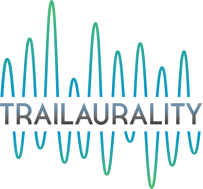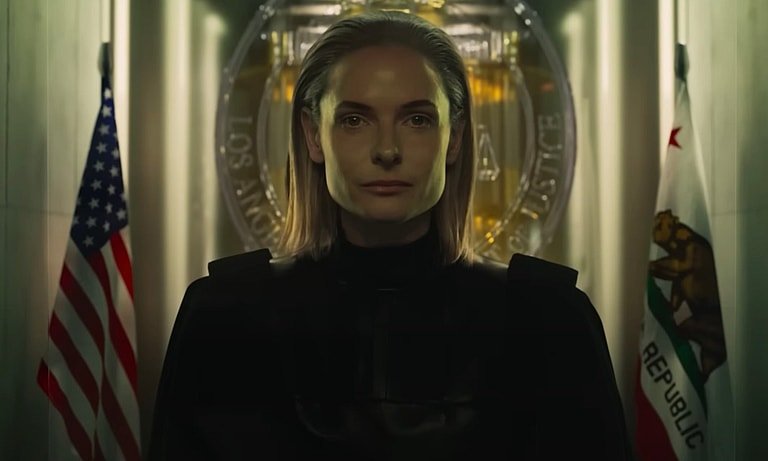THE RESEARCH TEAM
Dr. James Deaville
Dr. James Deaville teaches Music in the School for Studies in Art and Culture, Carleton University, Ottawa, Canada. He is editor of Music in Television (Routledge, 2011) and co-editor (with Christina Baade) of Music and the Broadcast Experience (Oxford University Press, 2016). He has lectured and published about music and sound in the trailer, among others, in Music, Sound and the Moving Image (2014) and the Journal of Fandom Studies (2016). In 2012 he received an Insight Development Grant to explore music and sound in trailers. He is currently co-editing The Oxford Handbook of Music and Advertising (2018).
Jack Hui Litster
Jack Hui Litster joined the Trailaurality research team 2023. While completing an MA in Music and Culture from Carleton University, Jack’s research analyzed the interculturality of Tan Dun’s score for the film Crouching Tiger, Hidden Dragon.Jackis active as a composer in Ottawa, composing, recording and performing for opera companies, dance companies, choirs, films and podcasts. He works as a Contract Instructor in Carleton’s music department, where he teaches courses on popular music and film music.
Curtis Perry
Curtis Perry has been a research assistant for the Trailaurality project since 2015. He holds an MA in Music and Culture with a specialization in Digital Humanities from Carleton University. He has previously taught a week-long course about music for film and television for students in grade 8-11, and now teaches with the Ottawa-Carleton District School Board.
WHAT IS A TRAILER?
A trailer is a short film of aesthetic value and promotional purpose, which markets a variety of commodities but in particular advertises a forthcoming film. Prior to the proliferation of the various smaller screens in our digital virtual age, the trailer has undergone a transition from a one-time theatrical experience to multimodally accessible media form. Since the late 1990s, multiple trailers and teasers have been continuously available for audio-visual screening pleasure through online streaming. As such the trailer now offers multiple means of access above and beyond the cinematic experience, through private audio-viewing on a personal mobile device like a laptop, smartphone or tablet.
The impact of the music and soundscapes of trailer narratives are little understood. The continuing fetishization of the trailer’s visuality (a product of our society’s “visual-centrism”) may cause us to relegate the affective impact of the trailer to its cinematographic realm, whereas much of its impact, indeed, its narrativity, is due to the affective power of its corresponding sonic elements. One only need note how for instance the age and genre of a popular song can shape our experience of a trailer, as with M.I.A.’s “Paper Planes” in the Pineapple Express trailer or an older song like the theme from the television show The Courtship of Eddie’s Father in the green and red-band version of the trailer to Ted. Thus the trailer is an intriguing site for discerning the role of sound in trailer narrative as well as the interrelatedness among sound, visual effects, promotional rhetoric.
THE TRAILER TEXT
We approach the trailer as a narrative text that can be “read” for its interconnected, multiple layers of significance and meaning. Foregrounding the study of sound and music in these texts, we read elements of the trailer soundscape including voiceovers, dialogue, vocal timbres, sound effects, and music. We also examine digital editing techniques which play a major role in the construction of meaning in of the trailer narrative text. The temporal element of the sound track unites these audio elements and, in combination with the visual elements, creates a text that is experienced as a whole. While the promotional trailer, and other related media like the teaser and featurette, can be regarded as “paratexts” of a corresponding film, we enjoy them as primary texts in themselves and have found fruitful discoveries in this approach.
WHO ARE WE?
The Trailer music group is currently comprised of three researchers working in Ottawa, Ontario at Carleton University and abroad: Prof. James Deaville, and Master of Arts graduates Curtis Perry and Andrew Sproule. The Research Group initiated its work in the fall of 2012, funded by a two year Insight Development Grant from the Social Sciences and Humanities Research Council of Canada, and plans are underway for a multi-year extension of the project.
WHAT ARE OUR OBJECTIVES?
Our main objective is to study and ultimately come to an understanding of the use of sound and music in trailers within given cinematic genres, since genre appears to be the decisive factor in the determination of aural components for trailers. Thus Trailaurailty has launched an exploration of trailer soundscapes to contribute to a multifaceted scholarship on trailers, identifying trends, themes and patterns in the sonic realm of trailers of the digital era. We ask what music and sound elements are used to create the most successful effect and how these practices correlate with the genre categories. In the long run, we intend to explore the three aspects behind the aurality of trailers: studio production, trailer text and public reception. In doing so, we hope to bridge academic research with community and public discussion for an interesting conversation on music and sound in this popular audiovisual medium.
HISTORY : JAMES DEAVILLE
In the spring of 2001, I joined the many fans of Baz Luhrmann who eagerly awaited the release of his most recent film, Moulin Rouge prior to the film’s theatrical release, I became a member of the “Moulin Rouge Club,” downloaded the wallpaper, and of course screened the trailer, which I came to know quite well. Like other participants in the Moulin Rouge marketing campaign, I discovered that the foreknowledge from those sources did not assist my experience in the cinema. In fact, my very acquaintance with the promotional material—designed to withhold certain plot information—unfavorably influenced my initial response to the film, since the “promised” unitary tale of romantic drama was consistently undercut and fragmented through ongoing devices of irony (parody, farce, slapstick), shown through a fin-de-siècle lens of joie-de-vivre. This experience led to a paper in 2003 that explored the role of music in trailers, using Moulin Rouge as the case study.
The recognition of trailers’ ability to create narrative and shape audience expectations through sight and sound, coupled with the growing academic interest in film paratexts, led me to apply in 2012 for funding from the Social Sciences and Humanities Research Council of Canada for the project “(Re)-Framing Film: Trailers, Music and Meaning in the Digital Age.” I successfully proposed the first large-scale study of the sonic properties of trailers—because of the nature of the competition, it was necessary to limit the temporal parameter to the digital era (i.e. since 1995). The project deliverable is an interactive website, which presents the fruits of our research to the public at large while enabling members of that public to participate in the discussions about music and sound in film trailers.
The research team has consisted of myself and three research assistants, one undergraduate and two graduate students, and we have met on a weekly basis. Our first task was to assemble a master list of representative trailers with as much information as we could gather about them, from academic as well as trade sources. After compiling a list of over 900 trailers, we divided them up by genre, to facilitate discussion and analysis, and selected about 25 trailers for each of seven genres (comedy, horror, action/adventure, musical, science fiction/fantasy, drama, family) for closer scrutiny. For our approach, we looked to amalgamate the methods of the few academics who have studied trailers (Lisa Kernan, Carmen Maier, Keith Johnston) with those of film-music and -sound specialists (James Buhler and David Neumeyer, Michel Chion). The data from our close analyses of the sound and music for individual trailers were then presented in chart form for each preview, with the results compared across the genres for common features and tendencies. The team was able to examine in detail trailers from the divergent genres of comedy, horror and action/adventure, and determine common and distinguishing features for them (see Trailers for those observations). The last half year of the project was spent setting up the interactive website “Trailaurality,” which is the final deliverable for the project. Our goal has been to engage with the public regarding the aural dimensions of the trailer, creating a cooperative venture between researcher and consumer.










